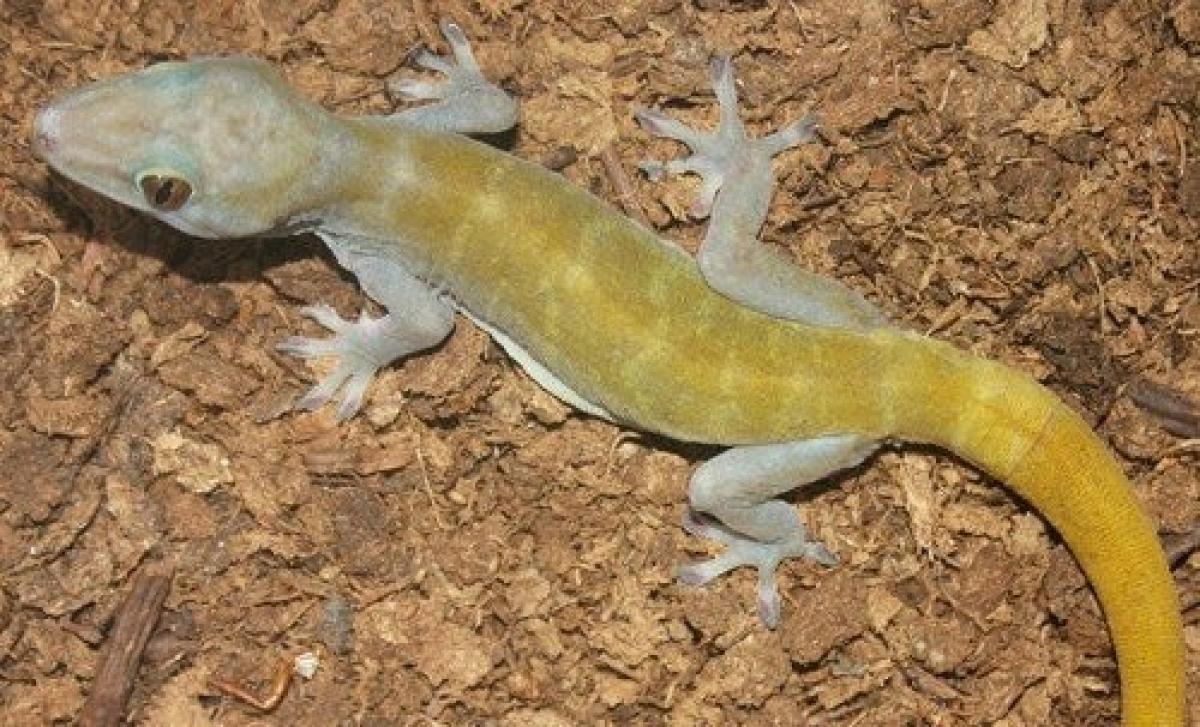Live
- All you need to know about PAN 2.0
- Akasa Air redefines travel experience with industry-first offerings
- MP: Residents stage protests against liquor shop in Indore
- Telugu Actor Shri Tej Booked for Alleged Cheating and False Promise of Marriage in Live-in Relationship
- Toyota Kirloskar Motor Celebrates 1 Lakh Urban Cruiser Hyryder on Indian Road
- MLS: New York City FC part ways with head coach Nick Cushing
- Delhi CM says Centre cutting AAP voters’ names from rolls, BJP hits back
- Hyderabad Metro Rail Phase-II Works to Begin in Old City in January 2025
- Odisha: 668 persons killed in human-elephant conflicts in last three years
- DEFENDER JOURNEYS: TO EMBARK ON ITS THIRD EDITION FROM NOVEMBER 2024
Just In

Global climate change is responsible for changes in microhabitat conditions for many species leading to their local extermination, range shift, or even extinctions. About 90 percent of amphibian extinctions reported from all over the world in the last decade is attributed to climate change.
Global climate change is responsible for changes in microhabitat conditions for many species leading to their local extermination, range shift, or even extinctions. About 90 percent of amphibian extinctions reported from all over the world in the last decade is attributed to climate change.
Governments throughout the world, especially in tropical biodiversity-rich regions are gearing up to tackle the effects of climate change on nature by cutting down on human carbon footprint and taking steps to reduce deforestation and pollution. A decade-long study in Australia shows that reptiles are also affected negatively by global climate change. The recent study of the Intergovernmental Panel for Climate Change has indicated that the global average temperature would increase by up to 2 degrees Celsius throughout the world in the next 70 – 80 years – a number that seems small, but can cause havoc on the environment.
Keeping in view these facts, and to understand the effect of global climate change on reptiles, scientists from Osmania University, Hyderabad, have conducted a predictive modelling study using global standards to climate predicted for the years 2050 and 2070 using the baseline data of the current climatic scenario under two distinct scenarios – first Representative Concentration Pathway 4.5 scenario, which predicts that emissions will peak in 2040 and then stabilize, and second Representative Concentration Pathway 8.5 scenario, which predicts that emissions will continue to escalate past 2100.
“We used the maximum entropy species distribution modelling algorithm to predict the impact of climate change on the Indian endemic Golden Gecko Calodactylodes aureus, which is currently known from 42 locations in Odisha, Andhra Pradesh, Tamil Nadu and Karnataka,” informed Dr Chelmala Srinivasulu, Assistant Professor of Zoology, Osmania University.
The predictive modelling experiment was conducted by undergraduate student Aditya Srinivasulu of Sardar Patel College, Osmania University which was published recently in the international peer-reviewed Journal of Threatened Taxa. “Our analysis revealed the negative impact of climate change on the Indian Golden Gecko with a decrease in the amount of climatically suitable areas in the future, and an almost total range shrinkage by 2070. Despite its wide distribution in the eastern Deccan Peninsula, according to our predictions, the species is threatened by a shrinkage in the future range due to climate change,” Aditya said, noting further that these negative effects of climate change are apparent amongst many other species worldwide, hence making it necessary for everyone from citizen to policy-maker to factor-in climate change, and make conscious effort to curb our footprint, so as to prevent the loss of important species such as the Indian Golden Gecko.
Dr. Chelmala Srinivasulu
Department of Zoology, Osmania University

© 2024 Hyderabad Media House Limited/The Hans India. All rights reserved. Powered by hocalwire.com







